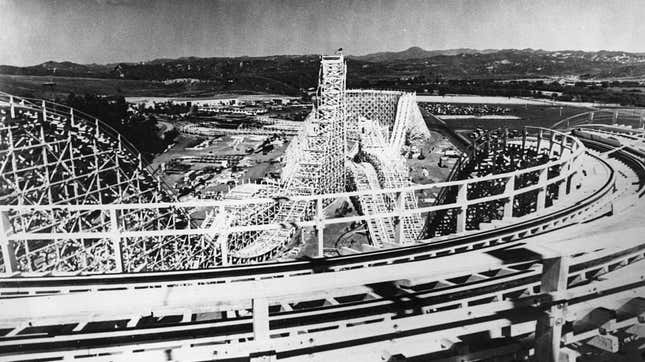My Weird Obsession With the Dark Underbelly of Amusement Parks
The addictive Youtube series Defunctland offers a peek into the dark side of amusement parks
In DepthIn Depth

It’s happened at more than one party. I’m chatting with a potential new friend, a beer or two in, and suddenly we’re talking about summer plans. Maybe a beach outing here, a theme park trip there. “You want to go to Six Flags?” I say, and before I know it I’m doing, oh god, I’m doing my spiel, saying that amusement park rides are often terrifyingly dangerous, that people have actually lost limbs at Six Flags. And isn’t it, like, totally crazy that nobody in this country is really regulating these parks.
I didn’t used to be this way. As a child I lived for amusement parks, spending summers screaming at the top of creaky wooden roller coasters or speeding through the loops of a Superman-themed Six Flags ride. I loved a suburban fair Gravitron, a “Scrambler,” a pirate ship ride with bars that left way too much space and threw my little 11-year-old self out the side. These were rides all so easily breakable that they could be disassembled and trucked away to the next town over like oversized Polly Pocket compacts of hell. Not unlike our shared obsession with horror movies, my family has always loved the fleeting feeling of a highly controlled thrill. I wanted to feel my stomach do a somersault inside me while being thrown down a 200-foot drop, and then congratulate my body afterward with a neverending stream of funnel cake and cotton candy.
-

-

-

-

-

-

-

-

-

-

-

-

-

-

-

-

-

-

-

-

-

-

-

-

-

-

-

-

-

-

-

-

-

-

-

-

-

-

-

-








































